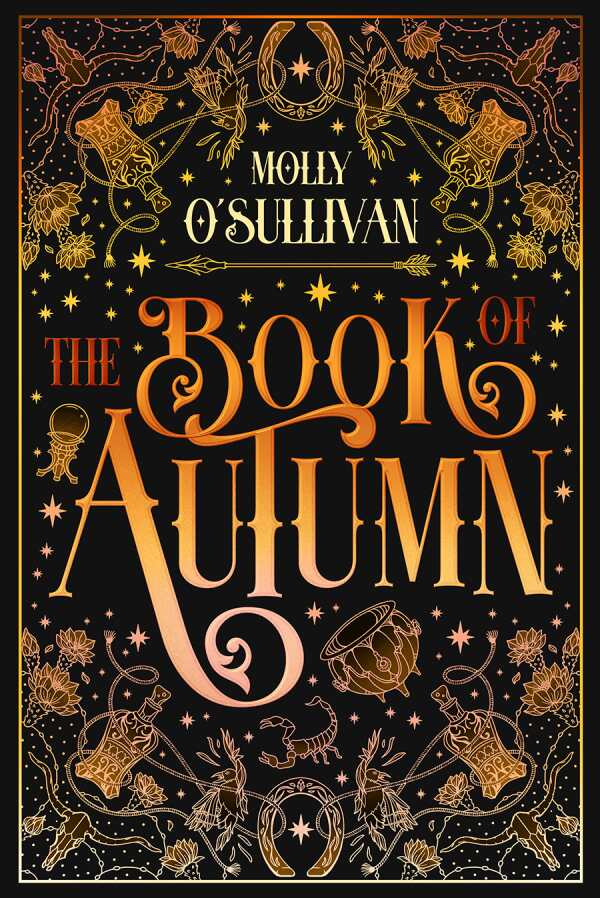The Book of Autumn
An intrepid magician works to save a fellow student and the fate of magic itself in Molly O’Sullivan’s stunning fantasy novel The Book of Autumn.
Cella fled her alma mater in New Mexico, where students are taught to cast magic using grounding objects, after her brother died and she set another student’s car on fire. Now, Max, her former lover and classmate, comes to collect Cella to help solve the murder: Dani is accused of murdering Maya, her girlfriend. While Dani is considered dangerous, Cella suspects that she was hexed; Dani is unable to account for her actions. Cella feels connected to Dani, even as she and Max are tasked with investigating Maya’s death.
The story draws slow, careful comparisons between Dani and Cella’s brother, who died by suicide. Their similarities make Cella more determined to prove Dani’s innocence. In doing so, she relearns how to access her own magic. Internally, she undergoes a dramatic shift, learning that loneliness is not exclusive to those whom she misses and seeks to help.
As the book continues, Cella lets go of her loneliness and lets Max in. They are powerful together as magical counterparts. Max’s affections for Cella are a further catalyst for her to rediscover her affinity for casting magic. Their romance is subtle, while the relationship between Cella and her magic is striking. As their investigation unfolds, different ways of practicing magic are called into question. The hex on Dani is as questionable as it is powerful, leading to an expectation-upending conclusion.
The Book of Autumn is an resplendent fantasy novel in which a young magician determines her relationship with magic on her own terms.
Reviewed by
Rachel Telljohn
Disclosure: This article is not an endorsement, but a review. The publisher of this book provided free copies of the book to have their book reviewed by a professional reviewer. No fee was paid by the publisher for this review. Foreword Reviews only recommends books that we love. Foreword Magazine, Inc. is disclosing this in accordance with the Federal Trade Commission’s 16 CFR, Part 255.

